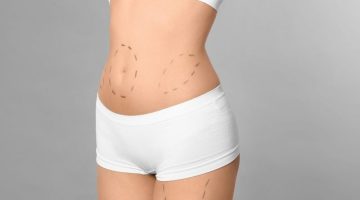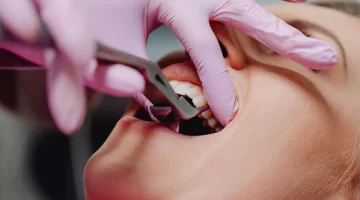Dark circles, hollows, and signs of aging around the eyes are common concerns for many people. For those looking to rejuvenate this delicate area, under-eye light fillers have become a popular solution. This non-surgical treatment helps to restore volume, reduce dark circles, and smooth out fine lines, providing a refreshed, youthful appearance. But who is it suitable for? Under-eye fillers are an excellent choice for individuals with mild to moderate hollowness or volume loss in the under-eye area, often caused by aging or genetics. They are also ideal for those who want to brighten up their under-eye region without undergoing invasive surgery. In this blog, we’ll explore the suitability of under-eye light fillers for different individuals and discuss the benefits, risks, and expected results.
What Are Under-Eye Light Fillers and How Do They Work?
Under-eye light fillers are injectable treatments designed to address common concerns such as dark circles, hollowness, and fine lines around the eyes. These fillers typically consist of hyaluronic acid, a substance naturally found in the skin, that helps to restore lost volume and improve skin hydration. When injected into the under-eye area, the filler gently plumps up the skin, reducing the appearance of sunken areas and creating a smoother, more youthful look. The treatment works by replenishing the volume lost due to aging or genetic factors, thus reducing shadows and puffiness. The procedure is minimally invasive and usually takes less than 30 minutes, with little to no downtime. Results are visible almost immediately, with optimal effects becoming apparent after a few days. Under-eye light fillers are a safe and effective way to achieve a refreshed appearance, making them an increasingly popular choice for those seeking non-surgical rejuvenation around the eyes.
Benefits of Under-Eye Fillers for Dark Circles and Hollow Eyes
Under-eye fillers offer a highly effective solution for individuals struggling with dark circles and hollow eyes, two common concerns that can make you appear tired or aged. One of the primary benefits is their ability to restore lost volume in the under-eye area. As we age, the skin in this region becomes thinner, and fat loss can create noticeable hollows or indentations. By injecting hyaluronic acid or other filler substances, the volume is replenished, leading to a smoother, more youthful appearance.
In addition to volumizing, under-eye fillers also help to reduce the appearance of dark circles. The hollowness under the eyes often casts a shadow, making dark circles more prominent. By filling in these hollows, the shadow is diminished, resulting in brighter, more refreshed eyes.
Another benefit is that under-eye fillers are minimally invasive, requiring no incisions or lengthy recovery time. The procedure is quick, with most treatments taking only about 20 to 30 minutes, and results are visible immediately. The effects can last anywhere from 6 months to a year, depending on the type of filler used and individual factors. Overall, under-eye fillers are an excellent option for those seeking a non-surgical method to rejuvenate the delicate under-eye area, offering both immediate and lasting results.
Who Should Avoid Under-Eye Fillers? Key Considerations Before Treatment
While under-eye fillers offer significant benefits for many individuals, they may not be suitable for everyone. There are certain factors and conditions that should be considered before opting for this treatment. Pregnant or breastfeeding women should avoid fillers, as there is limited research on the effects of such treatments during these periods. Additionally, individuals with active skin infections or inflammation in the under-eye area should wait until the condition is fully healed before undergoing the procedure.
People with allergies to hyaluronic acid or other filler components should also refrain from this treatment. Blood disorders or conditions that affect blood clotting, such as hemophilia, may increase the risk of bruising or other complications, so it’s essential to discuss these conditions with a healthcare provider. Furthermore, those with autoimmune diseases or severe chronic conditions that affect the skin’s healing process may need to reconsider fillers, as their recovery might be slower or more complicated.
Lastly, individuals who are expecting long-term results or dramatic changes may find that under-eye fillers are not the right solution, as the effects typically last from 6 months to a year and are more subtle compared to surgical alternatives. It’s always important to consult with a qualified medical professional before undergoing any cosmetic treatment to assess whether under-eye fillers are a safe and effective option for your individual needs.
Under-eye fillers can be a game-changer for many individuals looking to refresh and rejuvenate their under-eye area. However, it’s crucial to understand that not everyone is a suitable candidate for this treatment. Individuals with certain medical conditions, allergies, or active skin concerns should consult with a qualified healthcare professional before proceeding. By considering key factors such as skin health, medical history, and treatment expectations, you can make an informed decision about whether under-eye fillers are right for you. Always ensure that your procedure is performed by a skilled and experienced practitioner to achieve the best, safest results.












Leave a Reply